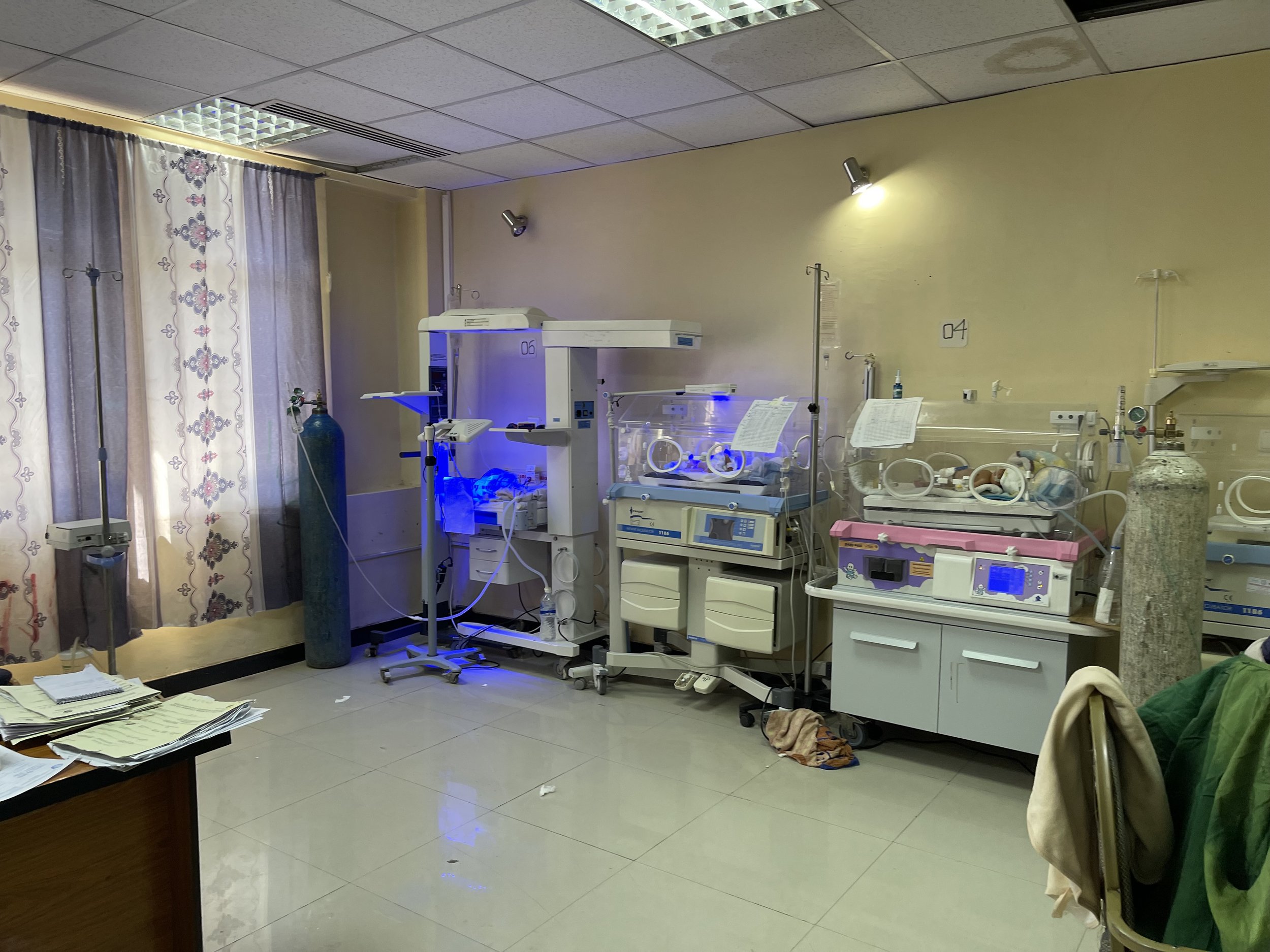
July 10, 2023
Bridging the Gap in Mechanical Ventilation Training:
Lessons from Ethiopia
By Bethlehem Atoma
Respiratory conditions continue to place a substantial burden on healthcare systems worldwide, particularly in low- and middle-income countries (LMICs) like Ethiopia. One of the most pressing challenges in these settings is the lack of adequate training for healthcare workers (HCWs) in mechanical ventilation (MV) management. Without proper knowledge and confidence in using ventilators, preventable complications frequently occur, ultimately contributing to poor patient outcomes. At Adama Hospital Medical College (AHMC) in Ethiopia, we set out to confront this disparity by implementing a focused MV training program for frontline HCWs. Guided by the Consolidated Framework for Implementation Research (CFIR), we began with a pre-implementation survey to identify the barriers HCWs faced in managing mechanically ventilated patients.
Our baseline assessment, which included responses from 90 HCWs and hospital leaders, revealed significant gaps. A staggering 88% of respondents reported receiving inadequate MV training, despite being responsible for ventilator management. Furthermore, 44% admitted to feeling uncomfortable managing patients on MV—an alarming statistic that underscored the urgency for targeted educational interventions. In response, we partnered with respiratory therapy education experts to design a condensed MV training program tailored to AHMC’s specific needs.
The training adopted a hands-on, blended learning approach. Participants first completed an online module covering respiratory physiology and MV fundamentals, alongside a 19-item pre- and post-training knowledge test. This was followed by a one-week, on-site training that included bedside teaching, lectures on MV principles, ventilator simulation exercises, and case-based discussions. The program aimed not only to improve theoretical knowledge but also to build HCWs’ confidence in real-world ventilator management.
The impact was encouraging. Of the 46 HCWs trained, 35 completed both the pre- and post-training tests, showing a statistically significant improvement in knowledge—from a mean pre-test score of 9.37 (SD=3.1) to a post-test score of 16.86 (SD=2.0). Additionally, after completing the in-person training, 60.5% of participants reported feeling more comfortable managing MV patients.
However, challenges remain. Despite the gains in knowledge and confidence, many participants identified ongoing barriers to fully applying their new skills. Specifically, 39.5% cited the lack of a standardized respiratory care protocol, while 34.2% pointed to outdated practices in MV management within their clinical environment. For training to have a lasting impact, these systemic issues must be addressed. Encouragingly, 78.9% of participants expressed interest in a blended learning model that combines online course reviews, virtual mentorship, and periodic hands-on refresher sessions.
Our experience at AHMC highlights a critical truth: many HCWs in LMICs are not equipped with essential MV skills, contributing to preventable complications and avoidable mortality. But it also offers hope. With the right training, support, and infrastructure, it is possible to transform the way respiratory care is delivered. Moving forward, efforts must extend beyond one-time training. Developing standardized protocols, ensuring continuous education, and leveraging technology for remote learning are vital steps to reinforce and sustain progress. By addressing these gaps, we move closer to improving patient outcomes and reducing the mortality associated with mechanical ventilation in resource-limited settings.
